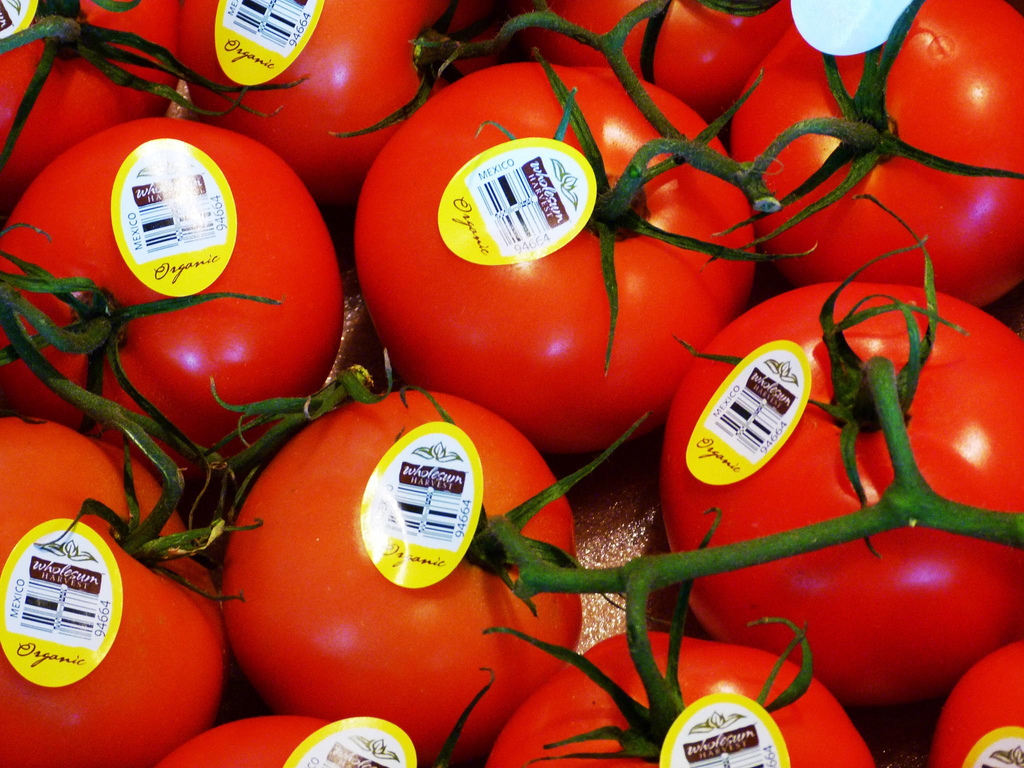
Reading Food Labels: What 5 Popular Organic Labels Mean
Food is a big part of our lives. It sustains us physically and the rituals we create around shopping, cooking, and eating can sustain us emotionally. Sometimes the only chance we really have to catch up on each other’s lives is when we’re sharing a meal—the metaphorical breaking of bread. Other times, cooking is a family activity that ends with smiling faces around the table. Modern Kids Design understands how difficult it can be to get a healthy dinner on the table, as well as how important it is.
Organic foods are classified in different ways. Sometimes the word natural is thrown into the mix, too. But what does all of it mean? To help you decide what you want to put on your table, Modern Kids Design has researched what five popular organic labels mean and created this simple organic dictionary.
First, what does “organic” mean?
Organic generally refers to food that is grown or nurtured without chemical fertilizers and synthetic pesticides. Organic foods are also non-GMO. In the US, the United States Department of Agriculture (USDA) certifies food as organic (that famous green and white seal of yumminess) after their contractor inspects the farm where the food was grown or handled.
It can be simple to certify fruit and produce as there is only one ingredient. When you start mixing ingredients, it can get more complicated. Because of this, there are a few different “organic” statements you may see on your favorite products.
1. 100% Organic: This one is nice and easy to understand. To be considered 100% organic, all of the ingredients in a product must be classified as organic.
2.Organic: Here we have “organic”, but without the clarifying 100%. Why? Well, foods can be classified as organic as long as at least 95% of the ingredients they source are organic. That means that as long as 95% of the ingredients in your favorite cookie are organic, the company can call it organic and receive USDA certification.
3. Made with Organic Materials: You might assume that an item “made with organic materials” is organic, however, the USDA only requires that 70% of the materials be organic in order to state this. What you won’t see on food “made with organic materials” is the USDA organic certification
4. Natural: While “natural” on meat label can indicate that antibiotics or hormones were never given to the originating animal, the word is often thrown around on food labels and holds little standing with the USDA. There is no regulation of “natural” products and there are some ingredients (such as “natural flavoring”) that are not derived naturally, as is implied. Natural cannot be equated with organic
5. Cage-free: Cage-free eggs are becoming more popular and several companies are making the move to only providing cage-free eggs. While this is laudable, cage-free eggs are not the same as organic eggs. To qualify for organic status, eggs must not only come from cage-free chickens, they also have to be raised using organic farming practices. The same goes for antibiotic-free dairy and meat products.
Hopefully delving into what organic labels mean will help you navigate the supermarket more easily on your next trip and take some of the guesswork out of grocery shopping.

